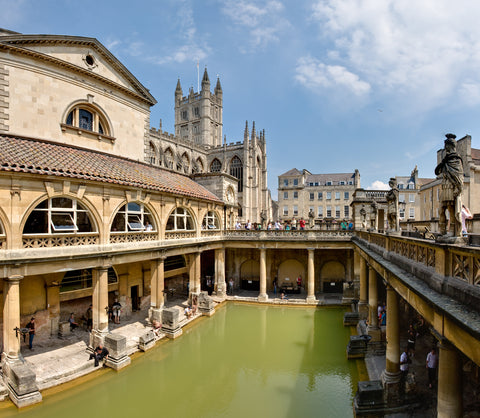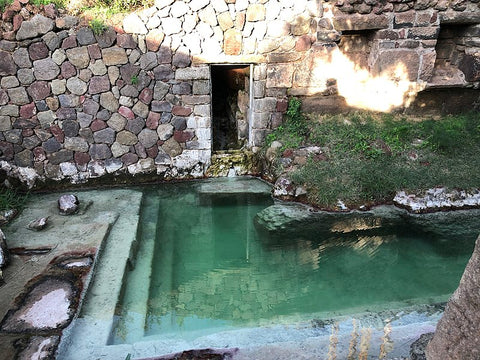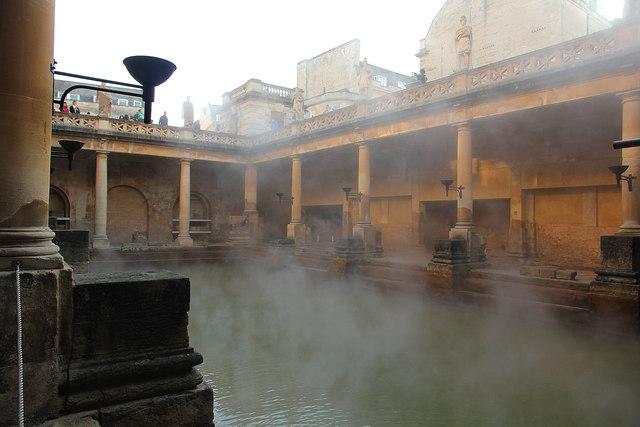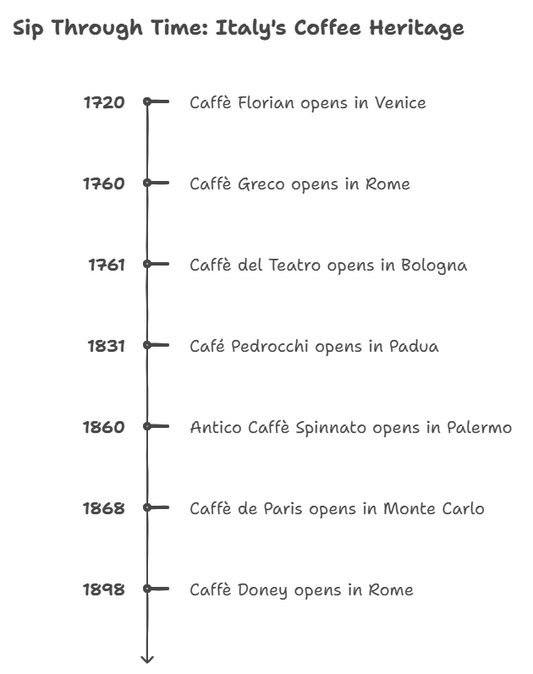Bathing is a routine activity for all to maintain hygiene except Romans. When we are talking about Romans, think of grandeur even in the simplest of things. They know how to make everything larger than life.
They hold expertise in picking up a thing and giving it a ‘Roman touch’ and as they say ‘history is made’. This is what they did with a mundane activity of bathing and history was created with Roman Baths.
What are the Roman Baths?

Roman baths are public baths conducted by Romans in ancient times. The credit of the origination of the concept undoubtedly belongs to the Greeks. But the scale to which Romans took them earned them a place in Rome’s history and tradition. More than routine, Roman baths were a medium of networking for men and women alike. And then, there were physical benefits too. Natural hot springs with high mineral content were the core of Roman baths and hence, they were a cure for many diseases like arthritis and rheumatism.
Modern-day Roman Baths

Times changed and so did the Romans. The popularity of these baths declined and eventually, they ceased to exist. But that doesn’t mean you have to invent the time machine to try what it was like to take one. There are many ancient locations where new spas are being built or old ones being renovated around natural hot water springs or streams full of mineral content. They are therapeutic for many ailments and are scattered all over Italy in geologically active areas. Let’s check the list to find the most accessible one for you.
Terme di Saturnia

Located near the village of Saturnia, Terme di Saturnia is a group of one of Italy’s most famous springs. Flowing for the past 3000 years at a temperature at 37.5 degrees Celsius, the water has antioxidant, anti-stress and anti-aging properties. The mineral and vitamin content of spring water moisturizes the skin, improves breathing, strengthens the cardiovascular system, restores blood pressure and benefits the bones and muscles. The spa with the same name, Terme di Saturnia, is a great place to stay if you prefer to pamper yourself too.
Location: Tuscany 9
Terme di San Calogero

Located on the Lipari island of Aeolian Islands in Sicily, the water from these ancient thermal springs are really hot due to its active volcanoes. Fumaroles are a common sight here. Old spas on the location has been renovated for Roman bath lovers. The hot water and the mud of the springs are known to have magical properties in relieving arthritic problems and skin related diseases especially psoriasis and eczema. Enjoying the ancient Roman bath inside the ancient ruins will be a once-in-a-lifetime kind of experience for you.
Location: Sicily 19
Viterbo
Once known as the ‘City of Popes’, Viterbo has hot springs with one of the highest mineral content than other hot springs in Italy. The Baths of Bullicame and Carletti Pools are open for the public to enjoy the Roman baths. Another spring Masse di San Sisto was free to use until recently. But paying for it is still worth the experience. And if you are one preferring to have a total spa-like experience, then Terme dei Papi is for you with their not-to-miss beauty treatments which are a bonus.
Location: Latium 12
Piemonte Acqui Terme
Acqui Terme means ‘Thermal Waters’. The place is famous for its hot springs of sulfur. The natural hot water rises to the ground at two locations in Acqui Terme: Bormida River at the Lago delle Sorgenti, also known as Lake of Hot Springs; and The Bollente, which supplies the hot water to the spa of the Grand Hotel Nuove Terme. The sulfurous water contains restorative properties which keeps both the spas full of tourists all year round.
Location: Piedmont 1
Arta Terme
The thermal baths of Arta Terme get their water from Pudia of Arta which has been known as water having extraordinary powers. The springs are clear and have rich deposits of calcium, magnesium, mineral salts and sulfates. With many state-of-the-art spa facilities, the town is a favorite for soaking in the Roman bath experience for many tourists.
Location: Friuli Venezia Giulia 6
Tabiano Terme
The spa town of Tabiano Terme has the most sulfurous water in Europe. Not only sulfur, these cold waters are rich in magnesium, calcium and hydrogen sulfide among other precious components. The waters, magically, heals neurological disorders, provides protection against free radicals, improves metabolism, stimulates tissue regeneration along with its famed healing capacity of respiratory disorders related to lungs, nose, ear, and throat. With spa facilities like Tabiano di Terme, you can spoil yourself while enjoying nature’s special gift.
Location: Lumbardy 3
Veneto Abano Terme
Located at the foot of Euganean Hills, this spa town’s name comes from the Roman god Aponus which means ‘who takes away pain’. And its thermal mineral-rich hot springs flowing at a temperature of 87 degrees Celsius have exceptional therapeutic properties. Water is cooled by all the spas to 33-35 degrees which is thought to be the apt temperature for the baths. The mud carried by the hot springs is also used in these spas as a part of the rejuvenation process. The inhalation therapies used by the spas are a bonus to treat respiratory tract disorders. Being close to the towns like Verona, Treviso and Venice, the town has become quite popular with Roman bath lovers.
Location: Veneto 5
Emilia Romagna Bagno di Romagna
Surrounded by mountains, forests and hot springs, the spa town of Bagni di Romagna lies to the southeast of Bologna. With high mineral content, the springs of this town not only cure ailments but are also famous for preventing the ailments in the first place. The spas in the vicinity offer treatments using the thermal waters and the natural therapeutic mud found beneath. People taking these treatments have been cured of nasal, ear and throat ailments. The notable spas in this region are Villagio della Salute Più and Terme San Petronia. One of the oldest destinations for Roman bath lovers in Emilia Romagna is Terme di Porretta.
Location: Emilia Romagna 8




